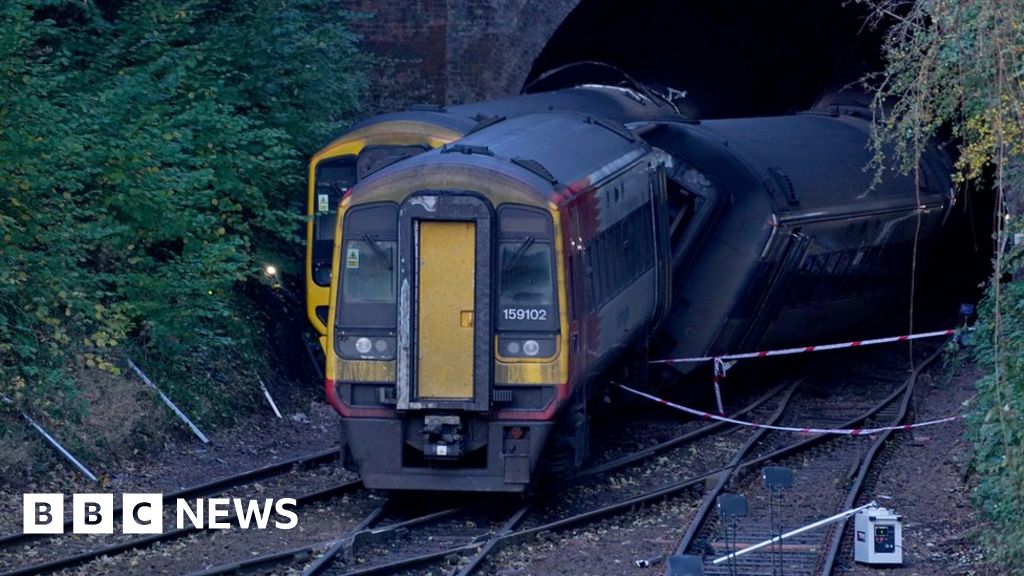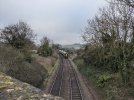If, hypothetically, the driver of the first train made an immediate emergency call to stop all traffic as they felt/heard a large collision involving the back of their train, and then later it was found that a second train has hit the back half of the first train, this might explain how the initial official interpretation of events came to be that the first train must have hit a large object that fell from the tunnel as the train passed (as the driver did not see any objects before the collision), stopped/split/derailed, and then got hit by the second train?



